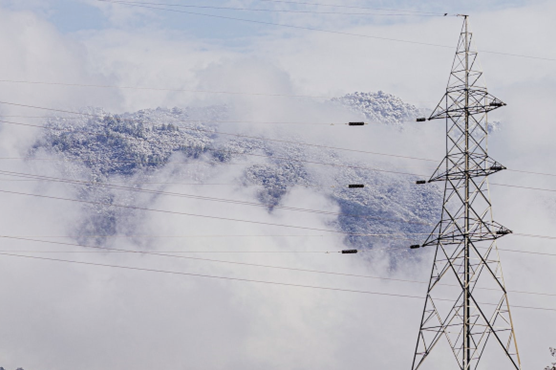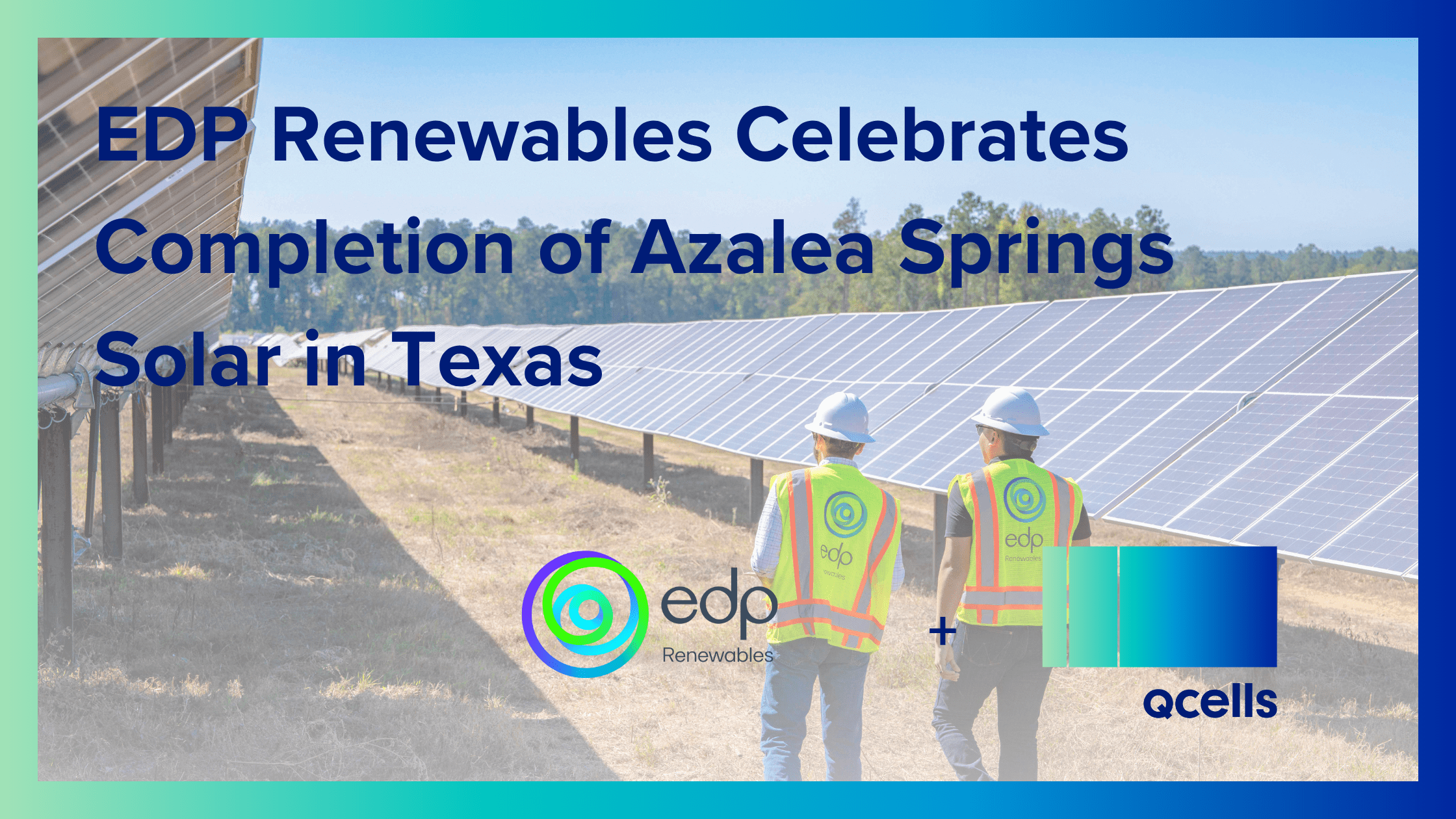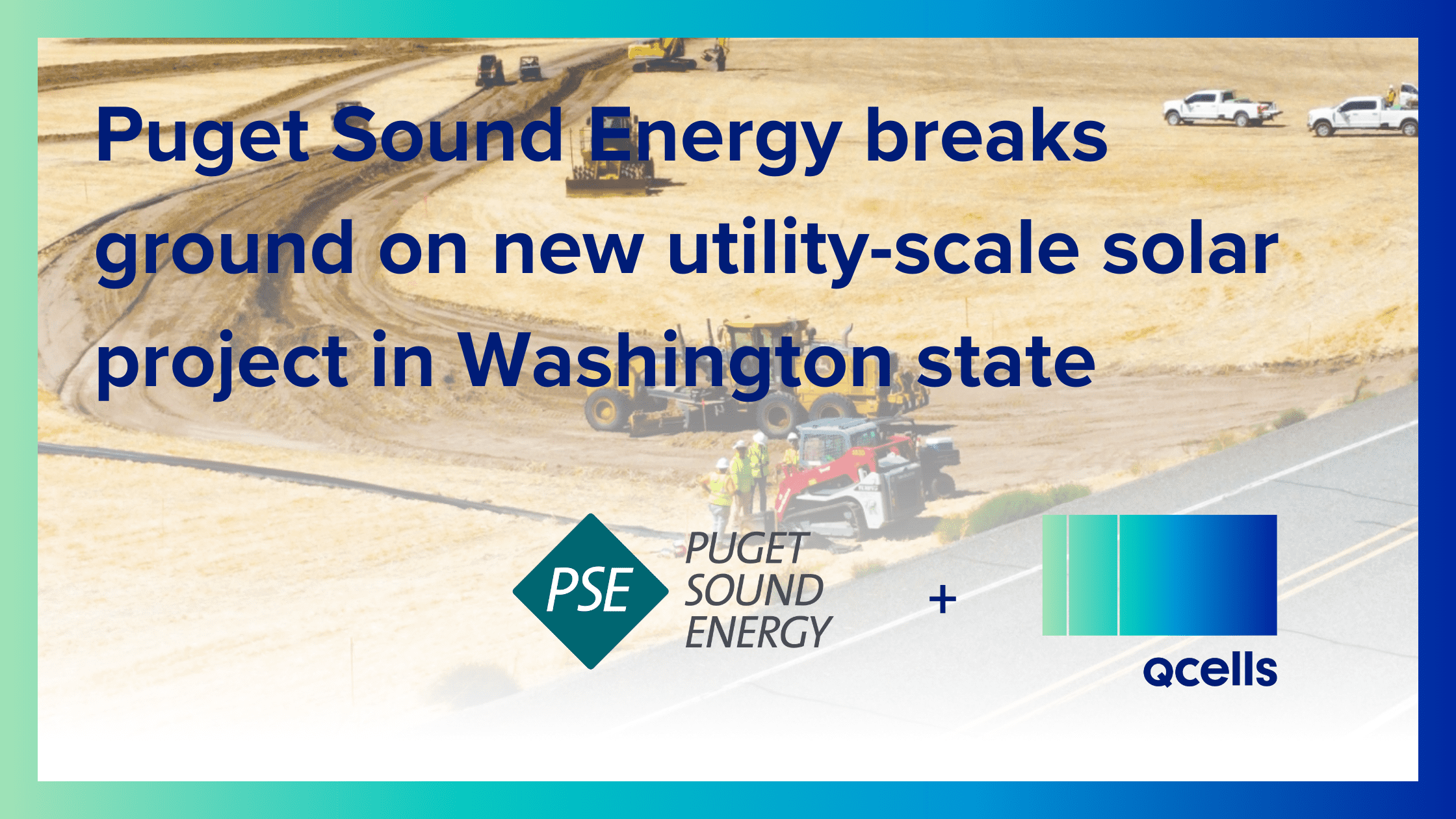The International Energy Agency recently said that grid-scale storage, particularly batteries, will be necessary to manage the power system. As demand for energy skyrockets, technologies that store power and return it to the grid can prevent blackouts by improving reliability and resilience. You’ll learn more about the role of grid-scale storage in the power system below.
Grid-Scale Storage During a Power Outage
Grid-scale storage enables power system operators, utility companies, and corporate power buyers to preserve renewable energy for later use. One of the best ways to achieve this goal is to use a reliable battery energy storage system or BESS. This electrochemical device can collect energy from solar arrays, store it, and then send it to the grid when people need it. For example, during a blackout or brownout.
A BESS offers multiple benefits during a power outage. Because this device works around the clock, it can provide energy to utility companies when the power grid fails. That can ensure business continuity and improve customer service. Consumers get the power they need during adverse weather events or periods of high demand.
The cost of grid-scale storage has dropped in recent years, making it an affordable and reliable energy solution.
Storage As a Transmission-Only Asset (SATOA)
A storage as a transmission-only asset (SATOA) is a type of energy storage device that injects stored power, helping users address problems with transmission systems. It connects to a pool transmission facility (PTF) at 100 kV or higher. This device could reduce strain on a transmission line and improve reliability and market efficiency. It can also solve long-term concerns faced by utility companies, such as natural gas spikes and grid stability.
A SATOA can inject real power, which is consumed by resistive loads. However, it also produces reactive power in a similar way to a dynamic reactive transmission device, such as a static VAR compensator (SVC) or synchronous condenser. This grid-scale storage device could transform how utility companies manage transmission systems in the future.
Amy Jo Miller wrote more about the benefits of SATOA. Read on to see how she outlines what a future could look like with SATOA.
Smart Grid Integration
Smart grids are electricity networks that use digital sensors, software, and other technologies to manage power supply and demand. These networks improve reliability and stability in a power system, resulting in cost savings for utility companies and corporate power buyers.
Integrating smart grids with grid-scale storage can benefit the overall power system. For example, utility companies can use smart grid technologies to identify changes in power usage over time. Then they can rely on a BESS to provide renewable power to consumers during times of high usage. That ensures an uninterrupted supply of energy to homes and businesses.
Companies that utilize smart grids can also set up demand response programs that encourage consumers to reduce the amount of power they use during peak periods and access lower rates or other financial incentives.
Critical Infrastructure
Grid-scale storage provides a reliable power supply to critical infrastructure like hospitals, highways, and railways. A BESS supplies backup energy when the power grid experiences problems, ensuring the continuity of essential services like healthcare and transportation.
Here’s an example. If a hospital experiences an outage because of a storm, grid-scale storage can release power back to the grid and allow doctors and nurses to continue operations, potentially saving lives.
Improving the Resiliency of Power Systems
Power systems are vulnerable to multiple threats, such as cyberattacks and over-reliance on fossil fuels. As a result, different organizations have urged governments to make policy changes that promote a more resilient grid that benefits consumers, the environment, and society as a whole.
The International Energy Agency has several policy recommendations that could improve the resiliency of power systems. These include identifying climate, cyber, and energy transition risks and responding to and recovering from disruptions more effectively. For example, the agency recommends energy regulators and system operators improve visibility in system operation with smart grid technologies, islanding schemes, and advanced weather forecasting.
Grid-scale storage can also improve power system resiliency by ensuring an uninterrupted energy supply during different scenarios. For instance, a BESS can send renewable energy to the grid when it goes down because of a cyber incident.
Takeaway
Grid-scale storage is critical for managing various issues that occur in the power system. Battery energy storage systems, in particular, can provide energy during an outage and safeguard critical infrastructure. Integrating grid-scale storage with a smart grid can build an even more robust power system that benefits everyone who uses it.
Qcells provides a wide range of clean energy solutions that contribute to America’s energy future. These solutions include solar panels, battery storage, and a stabilized grid. That helps utility companies and corporate power buyers provide better quality service and reach their clean energy targets. Get started with Qcells today.





 USA & Canada
USA & Canada Korea
Korea Germany
Germany United Kingdom
United Kingdom France
France Italy
Italy Netherlands
Netherlands Greece
Greece Poland
Poland Portugal
Portugal Hungary
Hungary Spain
Spain Japan
Japan